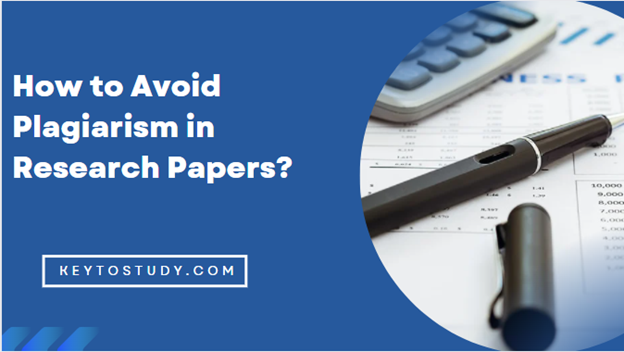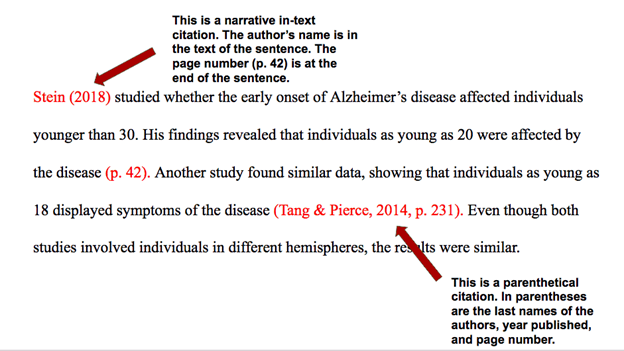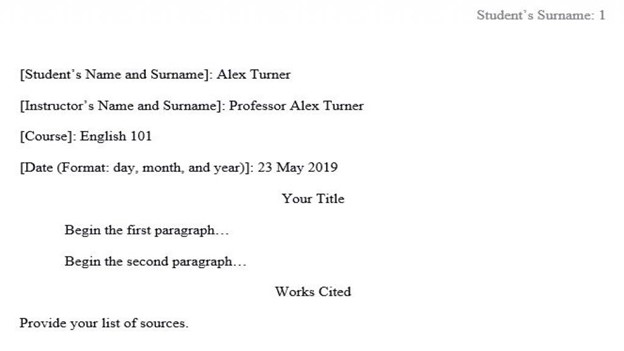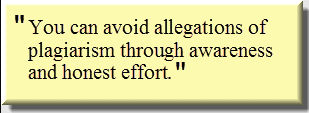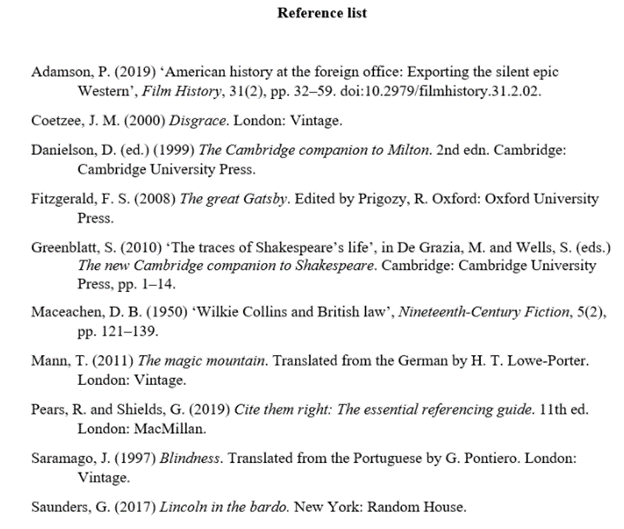How to Avoid Plagiarism in Research Papers?
Plagiarism is a form of academic dishonesty that involves passing off someone else’s work as your own. It can be intentional or unintentional, but either way, it’s a serious offense. If you’re caught plagiarizing, you could get expelled from school, lose your job, and even go to jail.
So how can you avoid plagiarism in your research papers? Here are a few tips:
- Cite your sources properly.
- Use quotation marks to indicate when you’re quoting someone else’s words.
- Paraphrase the Research paper
- Include a Reference List in your Paper
- Add Bibliography to Avoid Plagiarism
Why avoid Plagiarism is important for Research Paper?
Plagiarism is a form of cheating that involves taking someone else’s work or ideas and passing them off as your own. It can be done in many different ways, including copying someone else’s work without giving credit or buying a paper from a writing service and claiming it as your own.
Plagiarism is a serious offense and can result in expulsion from school, loss of scholarships, and even lawsuits. That’s why it’s important to avoid plagiarism in your research papers. There are several ways to do this which will be discussed later in this article.
Consequences of Plagiarism in Academic Career
While the consequences of plagiarism are different for every individual, it can have detrimental consequences for both students and professionals.
Public figures who plagiarize can risk having their reputations ruined, making it difficult to land another job or raise. This is why the negative effects of plagiarism are so detrimental for any individual.
Whether or not it’s a college course or a book, the consequences for plagiarism are severe. In many cases, an academic’s work may be subjected to a copyright lawsuit, which can result in hefty fines and legal fees.
Likewise, professional plagiarism can damage their reputation, making it difficult to land a new job. A notable example is that of Chris Spence, who was stripped of his PhD and was fired from his position at the University of Toronto.
Tips for Avoiding Plagiarism
1. Cite your sources properly
One of the most effective ways to avoid plagiarism is by citing your sources correctly. When you cite your sources correctly, it makes it easy for others to locate their information.
This will help you avoid getting into trouble with your professor if they find that you have not cited your sources correctly. It is important that you cite your sources in a manner that is clear and concise so that the reader is able to follow exactly where the information came from.
When you’re writing a paper, it’s important to properly cite your sources. This gives credit where credit is due and helps to back up your arguments. Not only is it good academic practice, but it’s also the law.
There are different types of Citations and two of the most common are discussed are written below:
APA Style
There are a few different ways to cite your sources. The most common is to use APA Style, which is the preferred style of the American Psychological Association. It’s used in most social sciences, business, and education journals.
MLA Style
Another style for citation is MLA, which stands for the Modern Language Association. If you’re using MLA, you’ll usually need to include the author’s name, the title of the work, the name of the publisher, the year it was published, and the page number.
You can also include other information, like the medium of publication (website URL or Book Name)
There are different citation generators that can be used to create a quick citation for the sources included in your research paper.
2. Use Quotation Marks
When you use quotation marks, you make it clear that what you are quoting is not your own original work and is from a source outside of yourself. Quotation marks also help with the distinction between “plagiarism” and “copying,” which is important to know.
There are some instances in which copying can be justified, but those instances should be rare. The second thing to keep in mind is that there is no such thing as plagiarism that doesn’t involve direct plagiarizing someone else’s work.
Quotes are a great way to add variety to your blog posts and make your writing more interesting. They also help break up long paragraphs and add visual appeal.
When you use someone else’s words in your writing, be sure to use quotation marks around them. This will let your readers know that you’re not the one who came up with those words. It also makes it clear which parts of your post are quotes and which parts are your own thoughts and ideas.
When you quote someone, use quotation marks to indicate that the words are not your own. For example:
Example of Quotation:
“The best way to find out if you can trust somebody is to trust them” -Ernest Hemingway
3. Paraphrasing the Research Paper
Paraphrasing is a process of restating the text in your own words. It is a great way to understand the text better and also to avoid plagiarism. Paraphrasing is also a good way to show that you have understood the text completely.
When paraphrasing the text, you should always aim to keep the original meaning while changing the words to make it your own. This is a great way to ensure that your work is not plagiarized, and it can also help you to better understand the text.
Paraphrasing is possible through manual and using an online paraphrasing tool.
Tips for Manual Paraphrasing
There are a few tips that can help you to paraphrase the text effectively.
First, make sure that you understand the original text completely. Next, change the words of the text while keeping the same meaning. Finally, make sure to use your own words and phrases to create a unique and accurate paraphrase.
You should also read the text carefully and understand it fully. Then, you should restate the text in your own words without changing its meaning. Finally, you should check the accuracy of your paraphrase by comparing it with the original text.
Paraphrasing through an Online Tool
There are many online paraphrasing tools that can be used to rewrite or rephrase sentences. It is important to use a reliable and accurate paraphrasing tool to get the best results.
The best paraphrasing tool will ensure that the content is rewritten accurately and in a way that is easy to understand. It will also ensure that the original meaning of the text is retained.
There are many different types of paraphrasing tools available, and it is important to choose the right one for the task at hand. The most accurate and reliable paraphrasing tool is the one that use an intelligent algorithm. It eliminates embarrassing mistakes, and replaces them with words that match the meaning of the original sentence.
You can easily turn your article into creative content without having to outsource it. When you paraphrase online, you are given a choice of different synonyms for each word or phrase, depending on what the subject of your content is.
4. Include a reference list in your paper
The inclusion of a reference list serves two main purposes. The first is that it allows the reader to check the accuracy of your citations, as they can easily go back to the original source and check if you have given accurate information. The second is that it gives credit to the person whose work you have used.
Reference lists are an essential part of any academic paper. Not only do they give your readers the opportunity to explore your sources in more depth, but they also help to demonstrate the breadth and depth of your research.
There are a few things to keep in mind when creating a reference list:
- Make sure to alphabetize your sources
- Include all of the information necessary for readers to be able to find your sources
- Be consistent in the formatting of your references
- Make sure the information in your reference list is accurate and complete
5. Add a Bibliography to avoid Plagiarism
One common way of avoiding plagiarism is to add a bibliography at the end of your work. This lists all of the sources that you used to write your essay or article. It is important to be as accurate as possible when listing your sources, and to make sure that everything is properly formatted.
There are a few different ways to format a bibliography. The most common is the MLA style, which is used in many humanities courses. There are also different formats for scientific papers and academic journals. It is important to consult with your instructor to find out the correct format for your class.
When you are writing a research paper, you will need to cite your sources. This is done by adding a bibliography at the end of your document. Bibliographies are lists of the sources that you used to write your paper. They are also called works cited pages or references lists.
There are different ways to format bibliographies, but all formats have the same basic information. The following information is usually included in a bibliography: author, title, publication information, and a brief summary of the source.
Bio
Tamar Daan is a professional blogger with a decade of experience in technical and marketing writing.

Get 4 Free Sample Chapters of the Key To Study Book
Get access to advanced training, and a selection of free apps to train your reading speed and visual memory

